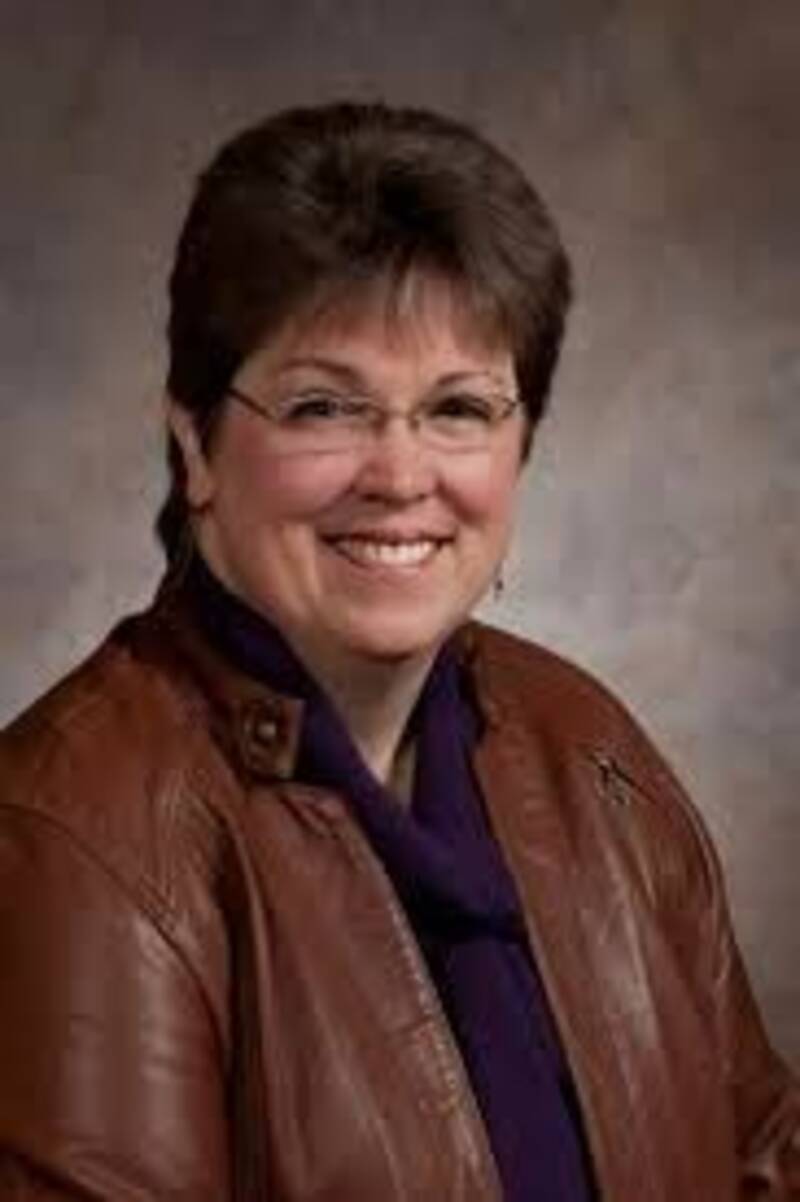“For an adult with a family who has to pay for food, clothing, and a place to live, and be able to pay for a car, the minimum wage is clearly not high enough,” wrote Bethany of Eleva-Strum High School.
Wisconsin was one of the first states to enact a Living Wage. The law gave authority for determining a living wage to an Industrial Commission made up of a balance of employers, employees and the public. The year was 1913.
Two years earlier, people attending a national conference of the National Consumers’ League in Milwaukee called for a minimum wage. Advocates made a minimum wage the top issue.
Following the conference, Wisconsinites called on leaders to create a state minimum wage.
The next year, UW Professor John Connors wrote the first minimum wage bill. Progressive lawmakers introduced two bills. But neither bill was signed into law.
Massachusetts has the distinct honor for passing the first minimum wage law in 1912.
In 1913, Wisconsin joined seven other states, including Minnesota and Oregon, to pass state minimum wage laws. But not until 1919 did workers see the result in better wages.
Opponents challenged an Oregon law, similar to Wisconsin’s, in court. A tie vote in the United States Supreme Court eventually cleared the way for action.
The first Wisconsin minimum wage was only for women and minors over age 17. Men were not included in state minimum wage laws until 1975 law when lawmakers first used the term “employees”.
The first wage was set at twenty-two cents an hour. Advocates challenged this wage, asking the commission to make the pay “more commensurate with a proper living standard”. A few years later the minimum wage was increased to a quarter an hour.
Again, action of the courts interfered with people’s ability to make a living wage. In 1923, the US Supreme Court declared all minimum wage laws unconstitutional. The action was a set-back for all living wage advocates. Wisconsin reacted by passing an “oppressive” wage law protecting women and minors from very low wages.
By 1937, the Supreme Court reversed its decision clearing the way for Wisconsin’s original law to again take effect. The next year President Roosevelt signed a law setting the first federal minimum wage at twenty-five cents an hour.
Wisconsin kept its own living wage. Even so, inequalities continued for women, and worse for rural women. For example, in 1956, the federal minimum was a dollar an hour. The state wage for women and minors was seventy cents in an urban area and fifty cents for women and minors who worked in a small town or rural area.
The Industrial Commission regularly reconsidered a living wage. The Commission authorized studies of the cost of living and made many adjustments. The last “living wage” study was done in 1967. The study recommended Wisconsin use the federal Consumer Price Index (CPI). The state then set a policy to revise minimum wages every other year using the CPI. As near as I can tell by reading state historical documents, this approach continued through the 1970s.
But by the 1980s, the minimum wage was no longer a living wage. And in the last budget, the Governor and Legislative majority repealed the very definition of “living wage” and the law allowing an employee to file a complaint if he or she felt unfairly compensated.
If the minimum wage kept up with inflation since 1968 workers would now be paid $11.17 an hour. According to a recent report of the Economic Policy Institute (EPI), in 2016, $7.25, the current minimum wage, buys ten percent less than when it was last raised in 2009 and one-quarter less its value in 1968.
According to EPI, raising the minimum wage to $15 in 2024 would undo the erosion that began in the 1980s. Several members of Congress have introduced a bill to raise the minimum wage in eight steps to $15 by 2024.
Yes, Bethany, the minimum wage is clearly not enough. For a hundred years, Wisconsinites traveled a long journey to keep a minimum living wage. Now is it’s our turn to take up the struggle and advocate for our neighbors and friends.
Memberships
Steve is a member of LION Publishers , the Wisconsin Newspaper Association, the Menomonie Area Chamber of Commerce, the Online News Association, and the Local Media Consortium, and is active in Health Dunn Right.
He has been a computer guy most of his life but has published a political blog, a discussion website, and now Eye On Dunn County.



Add new comment